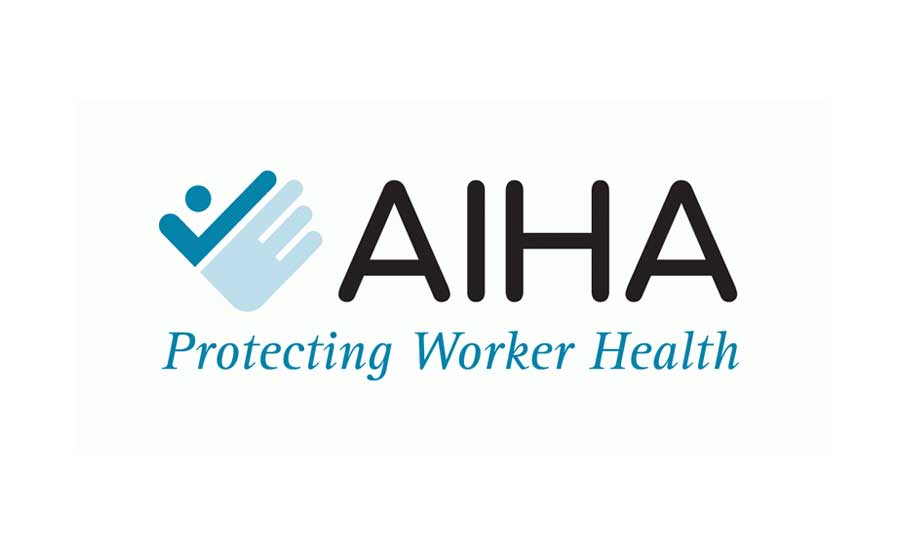The American Industrial Hygiene Association has released its first biennial State of AIHA Research Report. The report is an analysis of the trends and issues affecting the field of industrial hygiene and occupational health, including the changing workplace landscape, big data, total worker exposure and exposure banding. The State of AIHA Research Report provides the reader with a deep dive into the trends that affected the IH/OH industry in 2018-2019, as well as various other research and resources provided by AIHA's Scientific and Technical Initiatives department.
"Science continues to advance, from discoveries to new technology and more. As a result, those of us involved in AIHA, who are vigilant about protecting the health of workers, must stay current with the science in the fields of big data, sensor technology and exposure risk as it relates to exposure limits, the changing workforce and the changing workplace," said Russel Hayward, CIH, managing director of scientific and technical initiatives at AIHA. "Discovery, research and development of educational content are key to keeping our members current in pursuit of our vision: a world where all workers are healthy and safe."
The following are some highlights from the report:
IH professionals must be able to leverage cutting edge data management technologies, such as Big Data analytics, to inform risk assessment and management decisions. AIHA is pursuing an educational content strategy to help educate its members on the topic of big data.
Given the large number of chemicals present in commercial products the relatively low number of occupational exposure limits for those chemicals and the difficulty of updating OELs, exposure banding offers a robust way to manage risk. AIHA, in partnership with National Institute for Occupational Safety and Health (NIOSH,) educates health and safety professionals on the importance of utilizing Occupational Exposure Banding (OEB) in their exposure risk assessments.
New applications of sensor technologies hold promise for long-term and continuous monitoring and can be used to promote risk communication. AIHA continues to be a leader in this area, with a robust portfolio of sensor technology education and training materials, including a body of knowledge and certificate related to the use and application of direct-read instruments for the detection of gases and vapors.
To adequately protect workers, IH professionals need to understand nonoccupational exposures. AIHA members play a crucial role in understanding how nonoccupational exposure profiles (e.g., hobbies, consumer products, environmental factors) integrate and must expand and engage their skill sets to address this integration.
IH professionals must be aware of and understand the importance of nontraditional exposure profiles and the changing workforce, and how these factors impact the health of workers, as well as understand the circumstances that are shaping changes in the workforce, such as global economic shifts and immigration. AIHA is developing educational content to help the profession understand the nature of these issues.
Lawrence Sloan, CEO of AIHA, commented, "So many dedicated AIHA members contributed to these imperative initiatives that will have a profound effect on the future of the IH/OH profession. I applaud their forward thinking by delving into the big issues on the horizon, and how AIHA members may be better prepared to face future opportunities and threats to workers and the community."
The biennial State of AIHA Research Report is free and available to the public, and can be downloaded here.
In 2013 – 2014, AIHA commissioned an environmental scan to understand the emerging issues that are critical for industrial hygienists to help advance AIHA's mission and the industrial hygiene profession at large. AIHA determined that, from the many issues that were identified, the top seven were prioritized. Since then AIHA formed a Content Portfolio Advisory Group (CPAG) to manage these content priorities and oversee studies, summits, surveys, reports, and guidance documents that attempted to address these critical issues head-on. The State of Research report provides an update about the group's activities and summarizes results of all the studies they commissioned over the past few years.
AIHA will conduct a new environmental scan in 2019, conduct applicable projects discovered in the 2019 scan, and continue to track progress of these initiatives throughout 2019 and 2020, and will publish the next report in early 2021.


